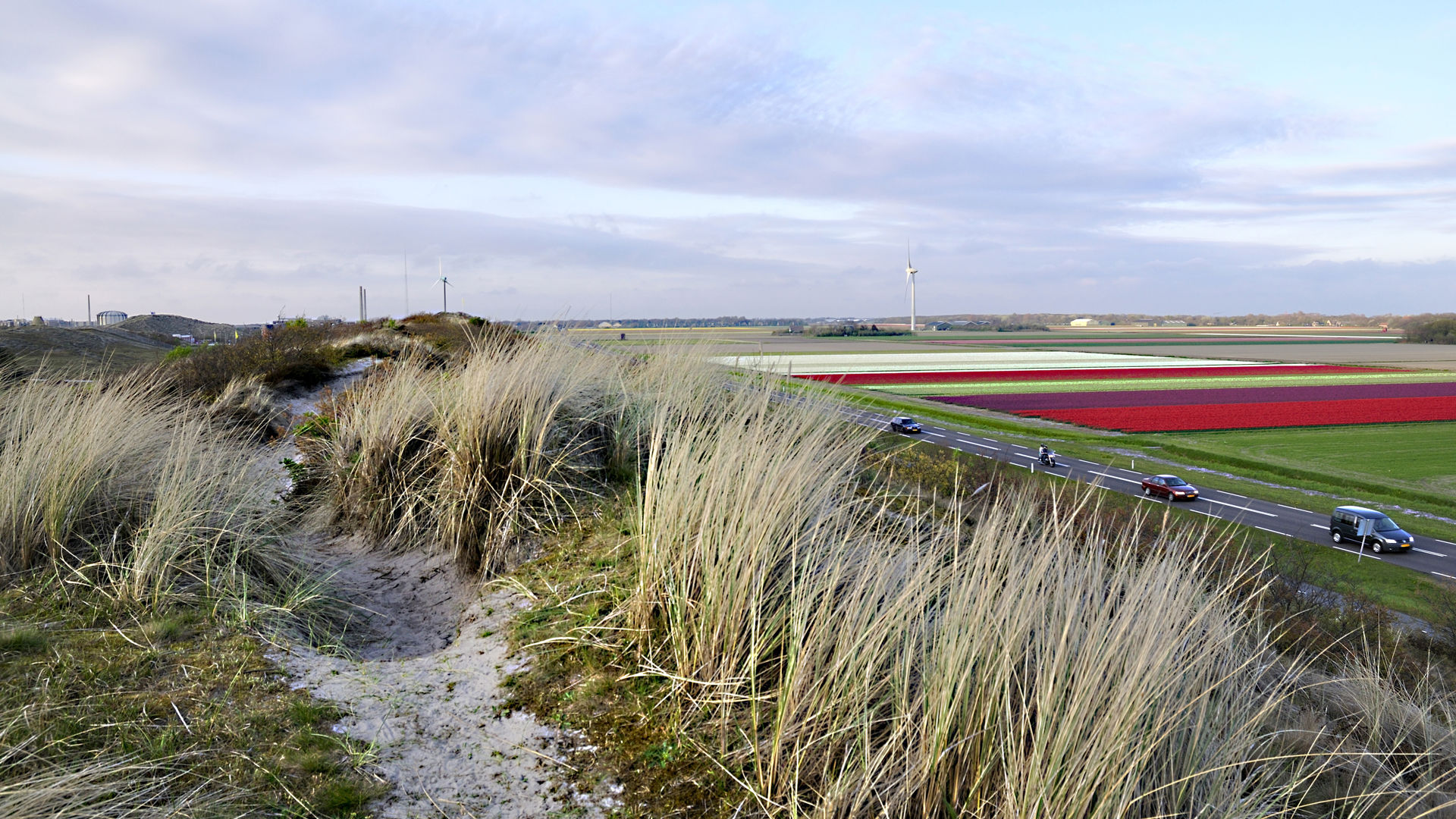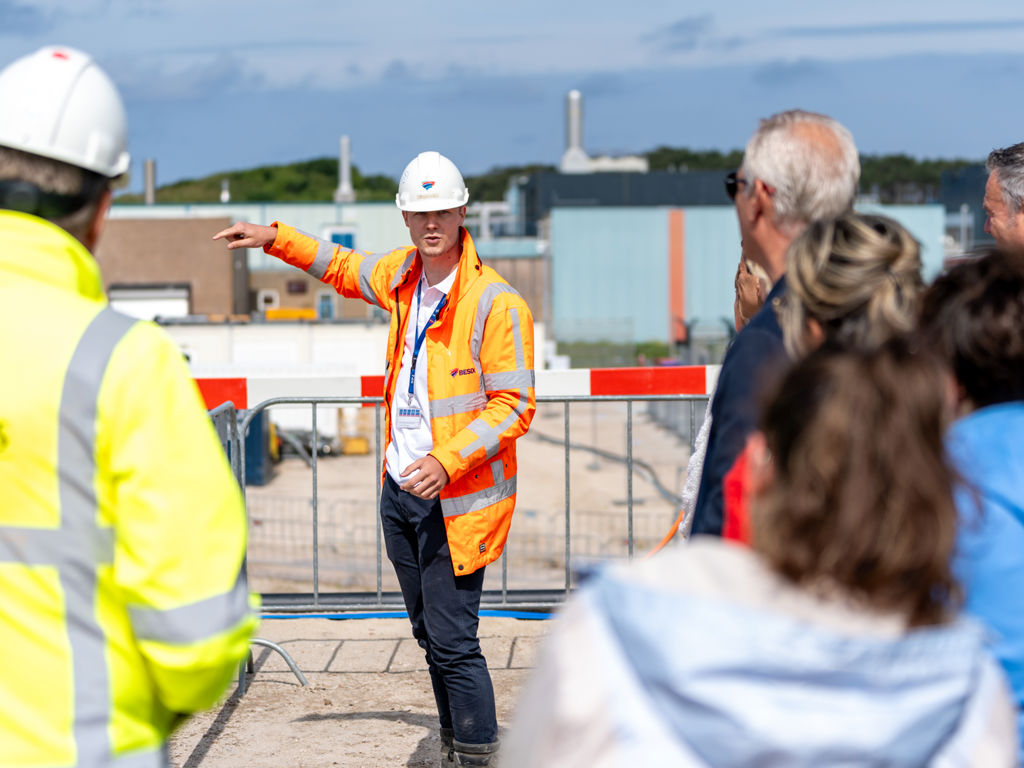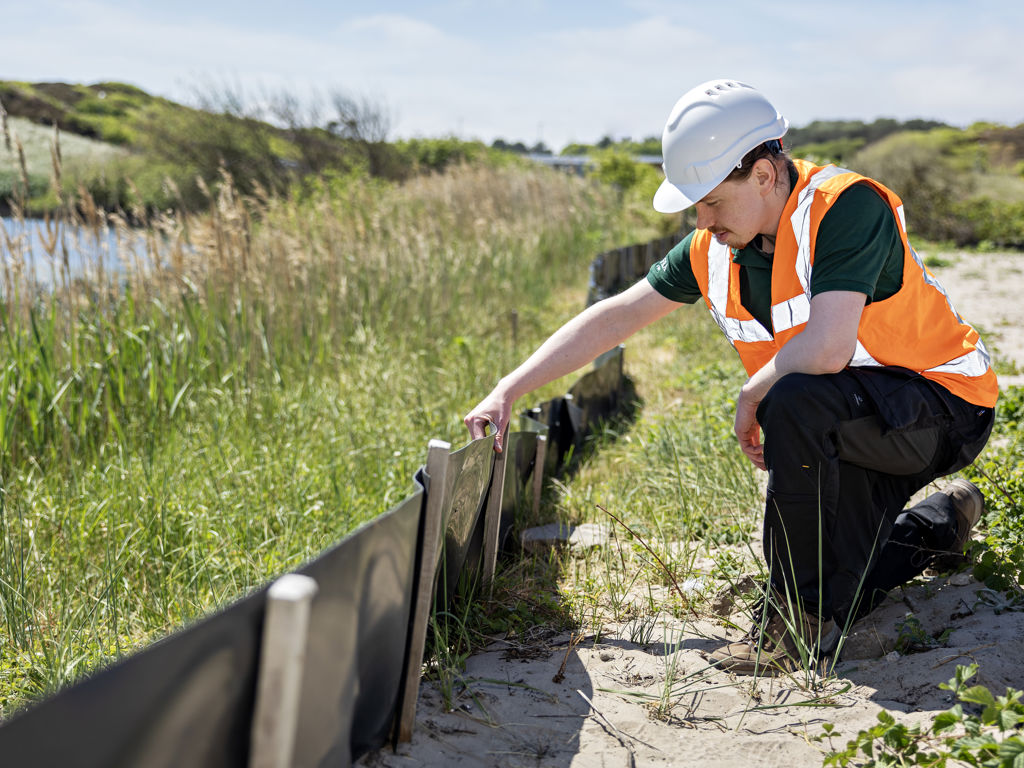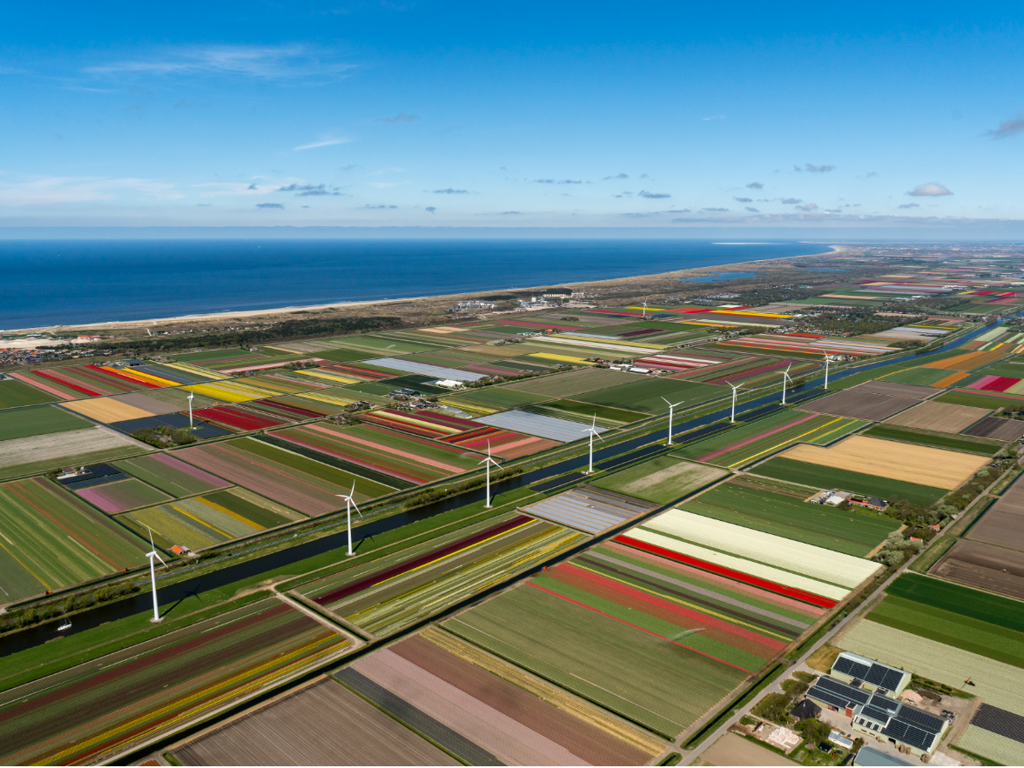Environment & sustainability
At NRG PALLAS, people and the environment are our top priorities. We take our responsibility for the environment seriously. Therefore, we strive to structurally minimize the potential impacts of our activities on the environment, reduce risks, and implement restoration measures where necessary. Safety is our foundation: we ensure that people and nature are protected at all times from the effects of ionizing radiation and other industrial risks. At the same time, we actively pursue sustainable solutions for the long term.


Understanding the surroundings
Since the start of the PALLAS Programme, we have conducted extensive research into the impact of our activities on the surrounding environment. Multiple ecological studies have been carried out to assess the effects of the construction, transition, and operational phases on the nature in and around the Energy & Health Campus in Petten. Additionally, public surveys have been conducted to increase involvement and strengthen support of local communities.
In collaboration with ecologists, targeted measures have been implemented to protect the local flora and fauna, such as breeding birds and the sand lizard. The latest study (Arcadis, 2022) shows that no protected plant species occur in the study area. No Red List species were found.
A Design with Respect for Nature
Sustainability starts with design. During the design process of the PALLAS-reactor, we implemented several optimizations to minimize the impact on the surrounding environment. These measures have been documented in the zoning plan, the Environmental Impact Report (EIR, MER in Dutch), and a landscape quality plan—all of which have been approved by the Dutch Council of State. This formal approval permits the construction of the reactor.
The Energy & Health Campus is enclosed between two Natura 2000 areas: The Pettemerduinen (dunes of Petten) in the south and the Zwanenwater in the north. The integration with the landscape has been carefully considered, resulting in dunes remaining clearly visible and the buildings fitting in with the dune landscape. This creates a balance between innovation and nature.
Ecology
All our activities are carried out in accordance with the applicable nature permits and with respect for the environment. Ecological measures have been taken, such as installing amphibian fencing and placing bat boxes. We also follow an ecological work protocol, developed in collaboration with experts.
After construction is completed, we will restore and, where possible, enhance the environmental and ecological values of the area. In consultation with ecologists, we will create additional habitats for protected species, ensuring that nature and technology can coexist sustainably.

Sustainable buildings, sustainable campus
Sustainability is also a central focus in the construction of our facilities. The new office building is fully energy-neutral and meets the BREEAM Excellence standard – an internationally recognized benchmark for sustainable construction. The other buildings, including the reactor and logistics buildings, are BREEAM-inspired.
In addition, the design has been carefully tailored to its surroundings. The campus serves as a natural transition between built-up areas and dune landscapes, maintaining a tangible connection between technology and nature.
Responsible water usage
To cool the PALLAS-reactor, water from the Noordhollandsch Kanaal ('Great North Holland Canal') will be used. The High Flux Reactor (HFR) also uses water from the canal. Environmental impact studies have been conducted and several cooling alternatives have been considered. The usage of water from the Great North Holland Canal was assessed as an option with the least negative impact on the environment, offering the greatest security of supply. Other alternatives pose larger impacts on the environment.
For the PALLAS-reactor, the demand for cooling water will not increase compared to the current situation. This is because the thermal capacity of the new reactor has been adjusted to the current cooling water demand, so that we use natural resources efficiently.

Permits & regulations
To enable the construction of the new PALLAS-reactor, various governmental bodies must take decisions on whether the project complies with the regulations, and they must issue the necessary permits. Below, you will find an overview of the permits in force and what their scope is.
|
Nature Act |
Construction and operation PALLAS area (Lay Down Area) |
|
Waterworks Act |
Drilling pipeline under the road N9 |
|
Province Regulation |
Intake constructions at Noordhollandsch Kanaal, drilling pipeline under the road N502, construction of temporary access road from Lay Down Area to the road N502 |
|
Water Act |
Lay Down Area, secondary cooling system construction, PALLAS-reactor intake and discharge of water, building Pit & Foundation |
|
Soil Removal Act |
Lay Down Area, secondary cooling system construction, PALLAS-reactor intake and discharge of water, building Pit & Foundation |
|
Nuclear Energy Act |
Reactor establishment |
|
Construction Act |
PALLAS-reactor |
|
Zoning Plan |
Nuclear zoning PALLAS plot |
In addition to the permits already granted, additional permits are being prepared for future phases of the project. We are working closely with the relevant authorities to carry out this process carefully and transparently.